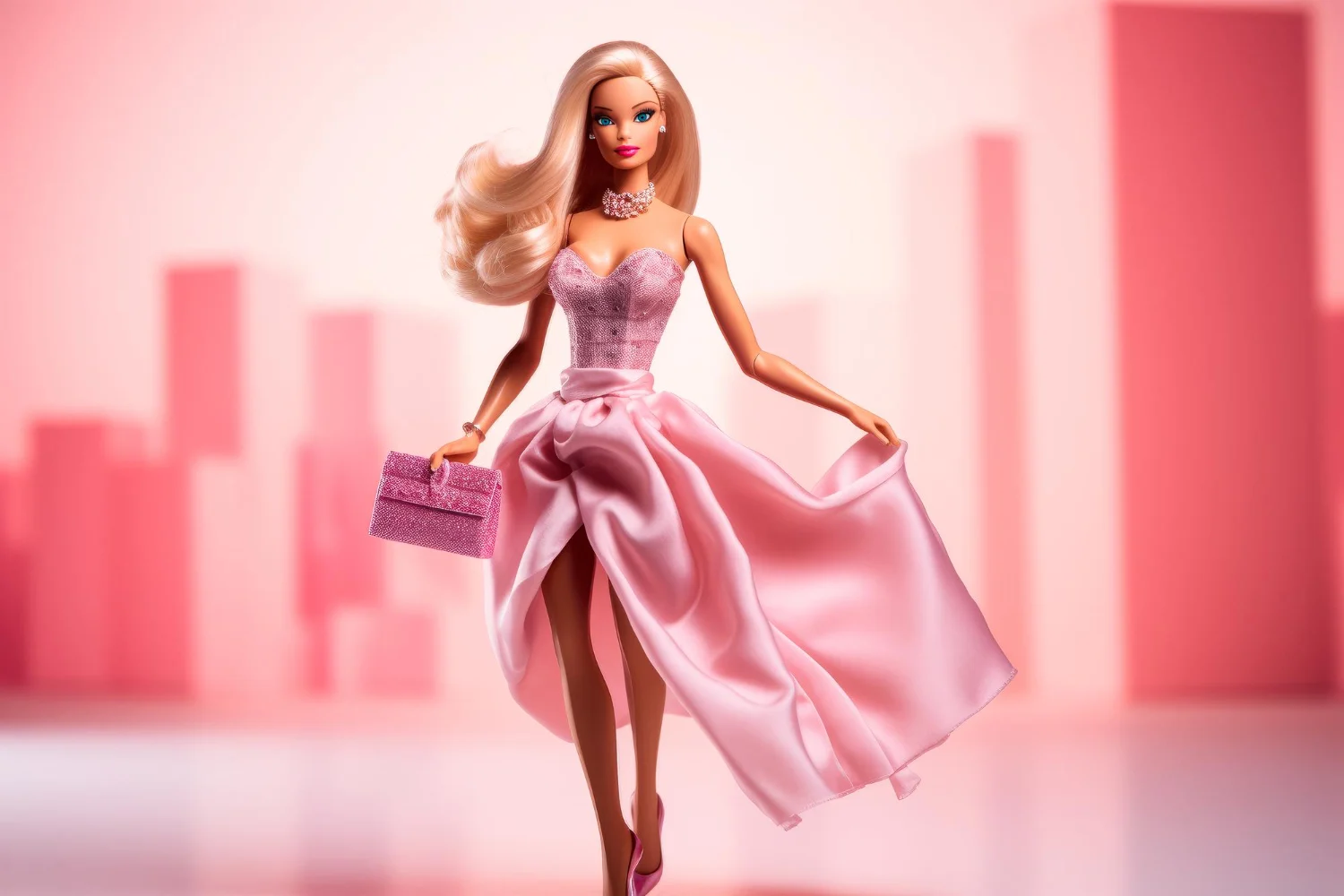In the realm of cultural discourse, certain archetypes persist, weaving through the fabric of societal norms and expectations. Among these, the trope of the blonde bombshell stands out—a symbol laden with connotations of stupidity, promiscuity, and materialism. From ancient philosophies to modern-day cinema, the portrayal of blondes has been both pervasive and polarizing. This essay aims to dissect the intricate layers of meaning behind the blonde stereotype, focusing particularly on its manifestation through the iconic figure of Barbie.
Introduction: Unraveling the Blonde Stereotype
The intersection of stupidity, promiscuity, and materialism has long been associated with the image of the blonde bombshell—a trope perpetuated across various cultural mediums. Despite lacking empirical evidence linking hair color to intelligence or personality traits, societal perceptions have cemented the blonde stereotype in popular imagination. This essay seeks to deconstruct the origins and implications of this stereotype, with a specific focus on its portrayal through the lens of Barbie, the iconic doll manufactured by Mattel.
Historical Perspectives: From Aristotle to Marilyn Monroe
The roots of the blonde stereotype can be traced back through history, with ancient philosophers like Aristotle attributing certain characteristics to fair-haired individuals. Over the centuries, blonde hair became associated with notions of femininity, sexuality, and social status, perpetuated through art, literature, and popular culture. The emergence of figures like Marilyn Monroe solidified the archetype of the blonde bombshell in the public consciousness, reinforcing existing stereotypes while also challenging societal norms.
Barbie: From Doll to Cultural Icon
Introduced in 1959, Barbie quickly rose to prominence as more than just a toy—she became a cultural icon, embodying ideals of beauty, femininity, and consumerism. With her platinum blonde hair and impeccable fashion sense, Barbie represented an aspirational figure for young girls, albeit one fraught with controversy. Despite her evolution over the decades, Barbie has remained tethered to the blonde stereotype, prompting debates about gender, identity, and representation.
Deconstructing Barbie: Feminism, Consumerism, and Identity
Barbie’s significance extends beyond her physical appearance, encompassing broader themes of feminism, consumerism, and identity politics. While she has been criticized for perpetuating unrealistic beauty standards and gender roles, Barbie has also been celebrated as a symbol of empowerment and self-expression. Through various iterations and adaptations, Barbie reflects the evolving attitudes towards gender and diversity in society, serving as both a mirror and a catalyst for social change.
The Blonde Stereotype in Contemporary Culture
In today’s media landscape, the blonde stereotype persists, albeit with varying degrees of irony and subversion. From Hollywood films to social media trends, representations of blondes continue to shape perceptions of femininity and beauty. However, there is also a growing movement towards reclaiming and redefining the blonde archetype, as seen in the emergence of hashtags like #BimboTok and the celebration of diverse expressions of blonde identity.
Conclusion: Beyond the Stereotype
In conclusion, the blonde stereotype is a complex and multifaceted phenomenon, deeply rooted in historical narratives and perpetuated through cultural representations. Through the lens of Barbie, we can examine the ways in which this stereotype intersects with broader issues of gender, identity, and power dynamics. While Barbie may embody certain aspects of the blonde stereotype, she also transcends it, embodying a myriad of meanings and interpretations for different individuals and communities. Ultimately, Barbie serves as a reflection of society’s attitudes towards beauty, femininity, and the enduring power of cultural icons.
